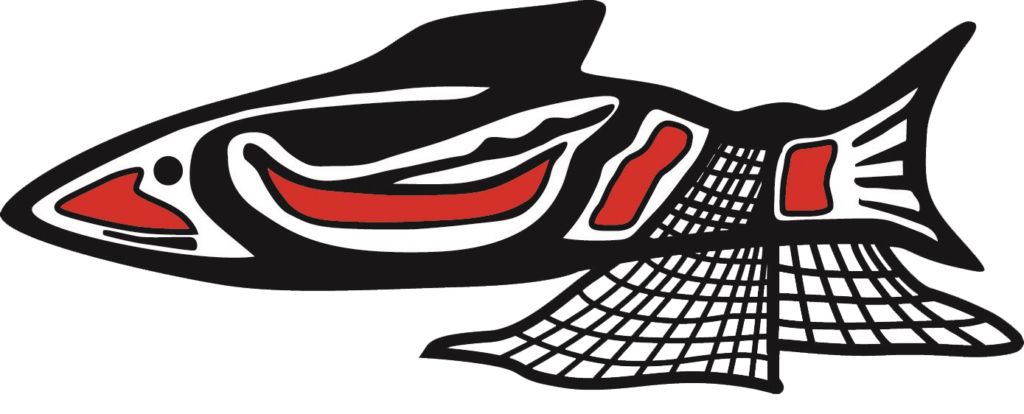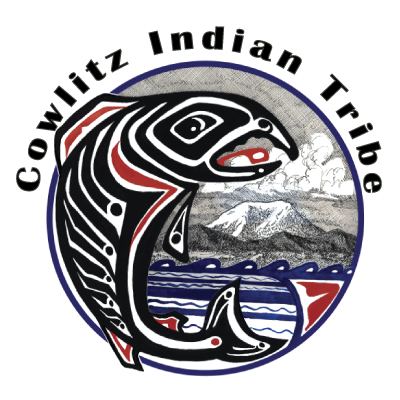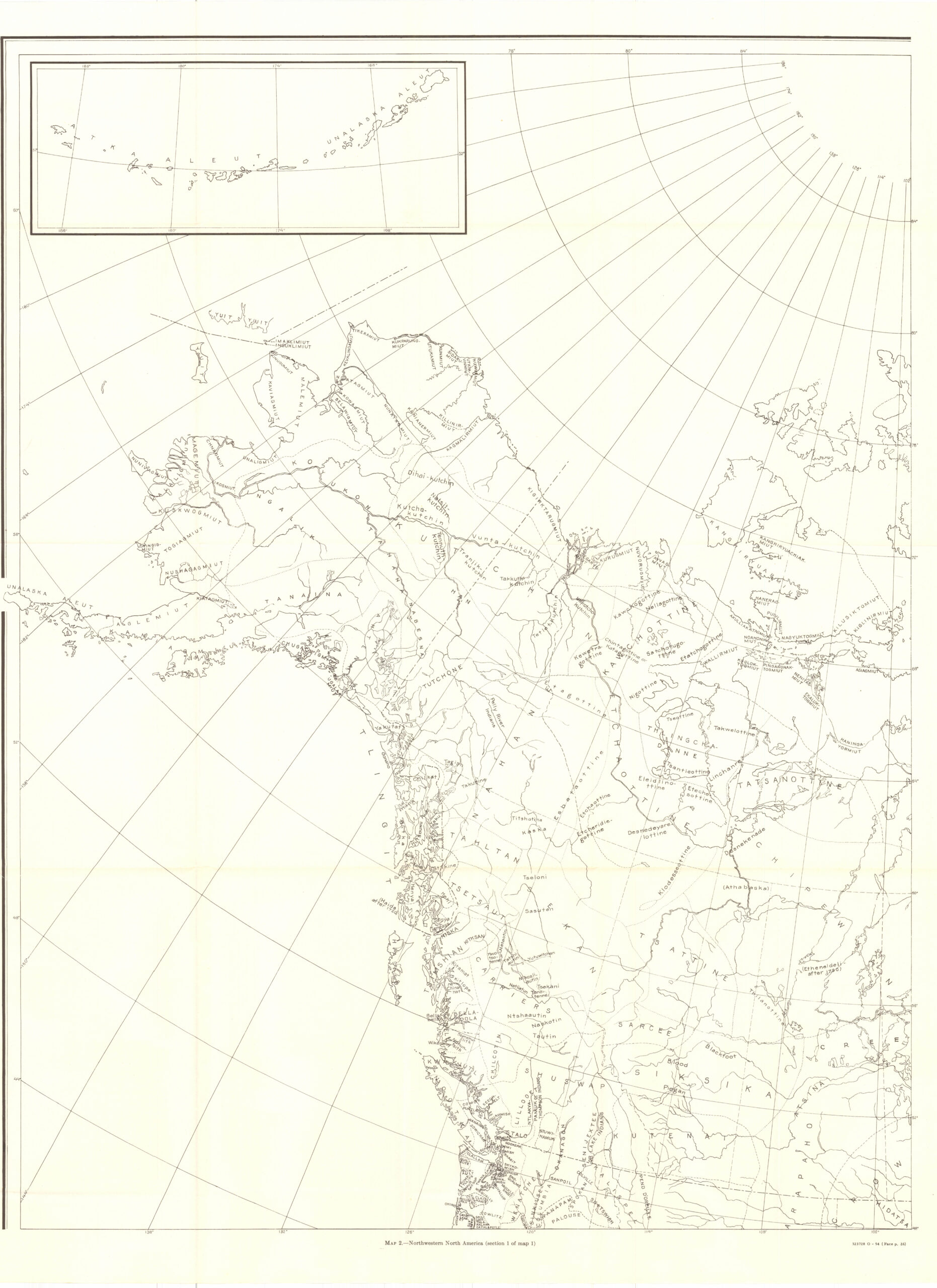Land Acknowledgement
We recognize that we are operating on occupied Indigenous territory, within the area specified by the Treaty of Medicine Creek (1854). When land wasn’t ceded through good faith efforts, it was often stolen from our Indigenous relatives. She-nah-nam has been home to these people for thousands of years and we honor and respect their continued presence. It is important to understand the longstanding history that has brought us all to reside on this land and to seek to understand our place within that history.
Both the State of Washington and the United States Government carried out genocide, ethnic cleansing, and forced removal against the Coast Salish as a way to acquire land. They broke promises. Despite centuries of colonial theft and violence, this is still Indigenous land. It will always be Indigenous land.
Land acknowledgments do not exist in a past tense, or historical context: colonialism is a current ongoing process, and we need to build our mindfulness of our present participation.
Going Beyond Acknowledgement
Acknowledging the land we occupy is ony the first step.
CAELi is committed to community engagement and cultural preservation. We encourage action and highly recommend donating to the Indigenous community programs of each member’s area. If you’d like to contribute to a local program of Washington State, consider the Indigenous Bridges Progam; a network operated by the ATAYAL organization and dedicated to facilitating indigenous cultural preservation by connecting indigenous communities, as a “bridge.”
Your donation for this campaign supports the Indigenous Bridges Youth Ambassadors Program (IBYAP), which develops cultural pride and leadership qualities in Indigenous youth, nurturing them to become future leaders for an international network of cooperating tribal groups. Specifically, the fundraising campaign raises money for scholarships for our Indigenous youth ambassadors and delegates and funds for the 2021 Virtual Indigenous Culture Exchange and Conference.
Tools and Resources
How to determine who's land you're on
If you’d like to learn more about your specific area and the history of the neighboring Tribes, check out this online resource:
A website run by the nonprofit organization Native Land Digital and guided by a Board of Directors and an Advisory Council. They strive to map Indigenous lands in a way that changes, challenges, and improves the way people see the history of their countries and peoples; hoping to strengthen the spiritual bonds that people have with the land, its people, and its meaning.




